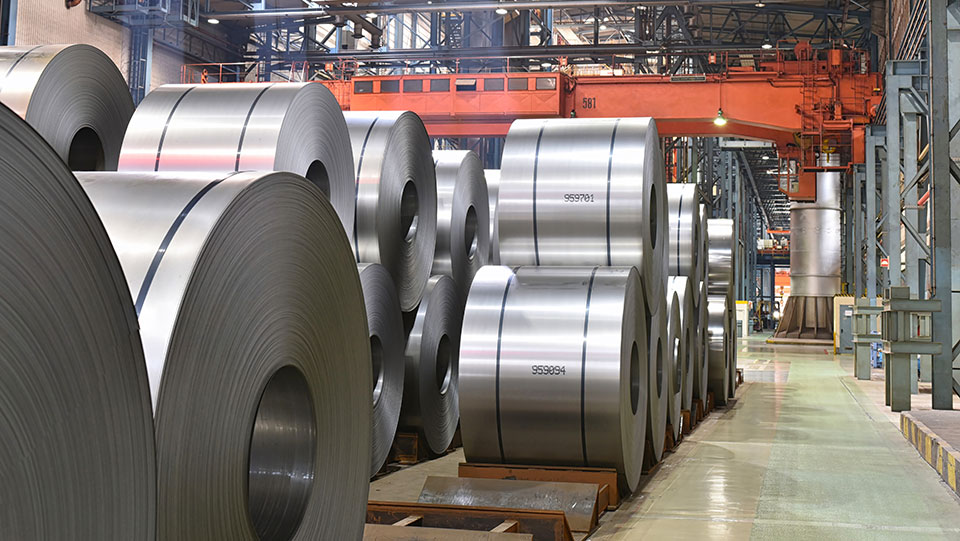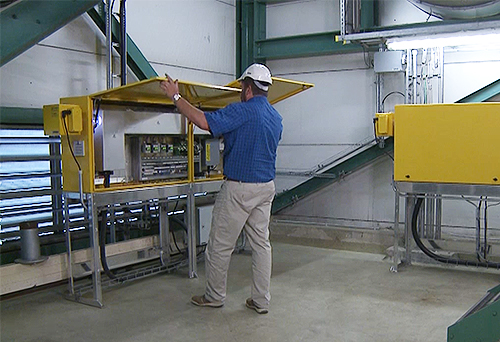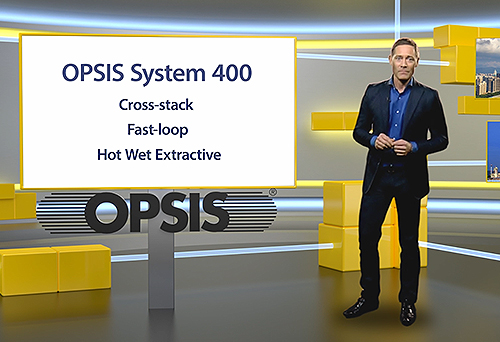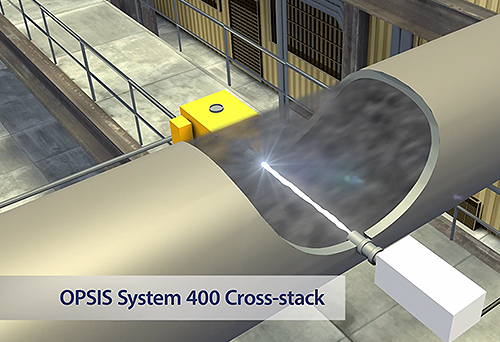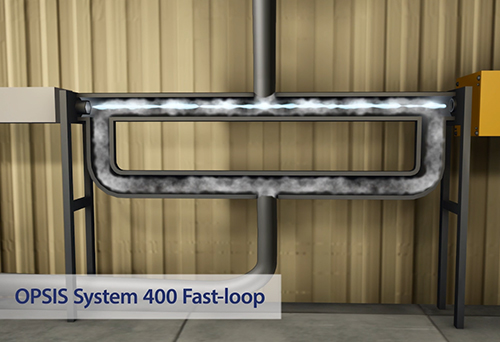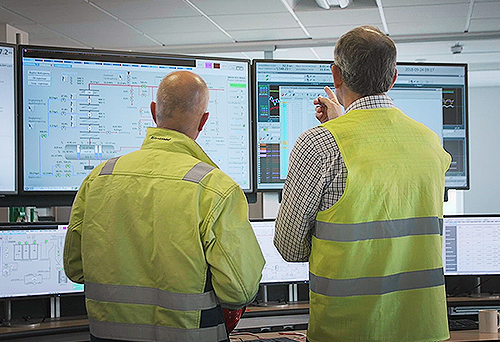Emissions monitoring and process control in the steel industry
High concentrations of particles and gases as well as high temperatures limit which monitoring methods can be used for gas analysis in steel production. However, OPSIS offers systems that work excellently for gas analysis even in very demanding applications.
A MONITORING SYSTEM WITH MANY APPLICATION AREAS
Examples of steel manufacturing processes where OPSIS monitoring systems can be used:
- arc furnaces: monitoring of O2, NOX, NH3, temperature
- coke plant: monitoring of VOCs, benzene, SO2, NOX, O2, CH4, CO, CO2, NH3, H2S
- sinter plant: monitoring of NOX, NH3
- converters: monitoring of SO2, NOX, O2, CO, CO2, temperature
- slab reheating: monitoring of SO2, NOX, O2, NH3, temperature
- steel rolling: monitoring of HCl.
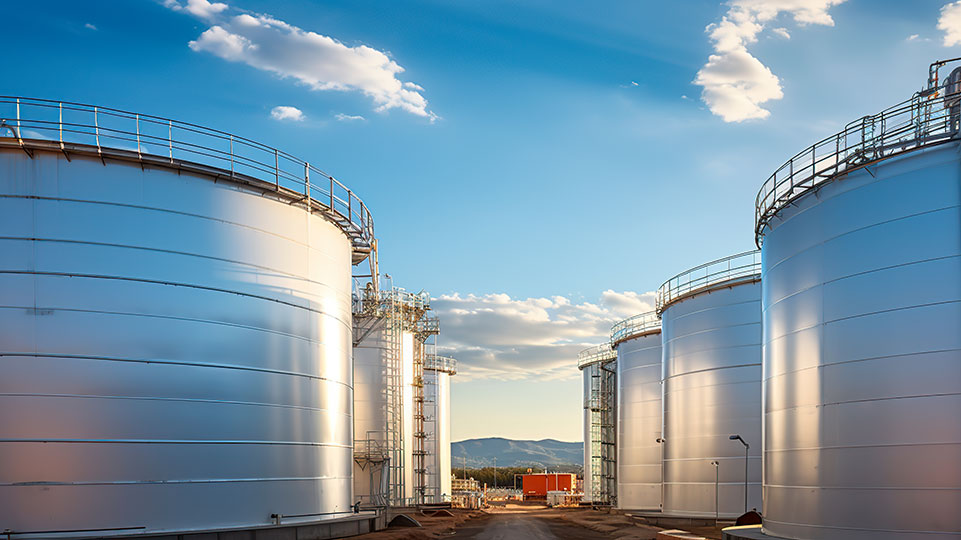
CERTIFIED MONITORING SYSTEMS WITH FAST RESPONSE TIMES BUILT FOR TOUGH ENVIRONMENTS
The OPSIS monitoring systems are based on gas analysers that have fast response times, are accurate, and require minimal maintenance. The monitoring takes place contact-free along light beams where gas molecules can absorb parts of the light. In process and emissions monitoring in gas ducts, light beams are sent through the ducts, or some of the gases are led into measurement cells through which the light is sent. It is also possible to monitor by sending the light beams through open process spaces. The light is captured and led via optical fibres to the analyser which measures the absorption and calculates the gas concentrations.
A single analyser can measure several types of gases along several light paths. This gives a very cost-effective monitoring system. In addition to monitoring gases such as nitric oxide (NO), nitrogen dioxide (NO2), sulfur dioxide (SO2), carbon monoxide (CO), carbon dioxide (CO2), ammonia (NH3), hydrogen chloride (HCl), oxygen (O2), and water vapour (H2O), the systems can also monitor temperature with high precision and other, process-specific gas compounds that may occur in different parts of steel production.
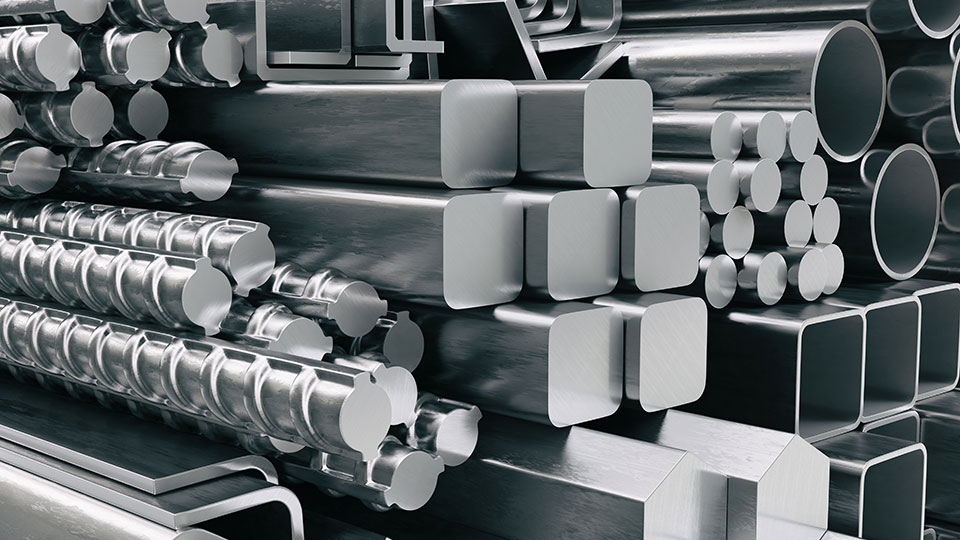
GAS ANALYSIS WITH OPSIS
There are multiple reasons for choosing OPSIS as supplier of systems for gas analysis. Among the key benefits of the methods and solutions offered by OPSIS are:
- works excellently also in highly corrosive environments, and at high temperatures and high dust levels
- one system for all components
- a single system can measure at several monitoring points
- combines the benefits of the UV-DOAS, FTIR-DOAS, and TDL techniques
- best performance according to QAL1 certification
- longest calibration interval according to QAL1 certification
- optional automatic QAL3 control
- non-contact monitoring, no sampling
- long maintenance interval
- low energy consumption
- gas calibration only once a year
- thousands of systems installed worldwide
- certified by, among others, German TÜV and under British MCERTS standards.
